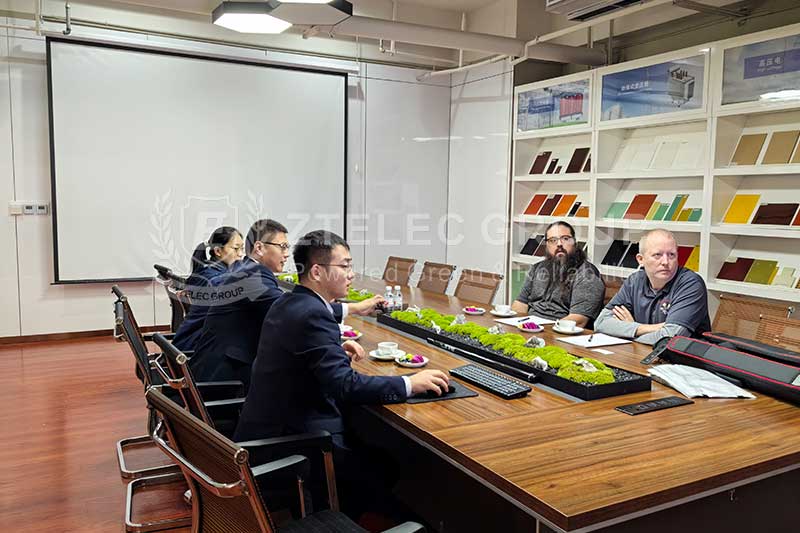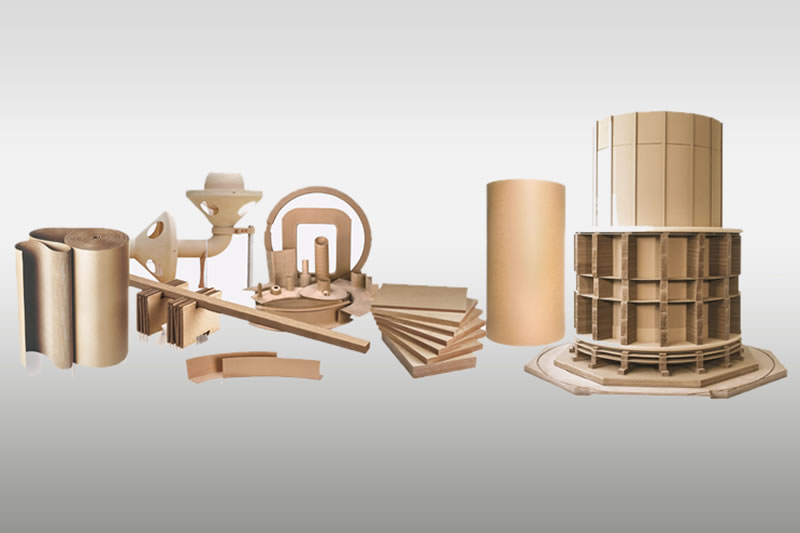What is a dry-type transformer and what are its advantages and disadvantages
2023-12-25 12:17 | By: ZTELEC-www.ztelecgroup.com | 160click
Dry-type Transformer is a power transformer whose insulation system does not use liquid insulating agents (such as insulating oil), but uses dry solid insulating materials. These insulation materials are usually high-temperature epoxy resin, insulation paper, insulation board, etc. Dry-type transformers are widely used in power systems and industrial fields and have some specific advantages and applicable scenarios.
Dry-type Transformer is a transformer that operates in an environment of insulating materials. Compared with oil-immersed transformers, its insulation system does not use liquid insulating agent. Here are some advantages and disadvantages of dry-type transformers:

advantage:
Environmentally friendly: Dry-type transformers do not need to use oil as an insulating medium, so there are no oil handling and disposal issues involved, and they are more environmentally friendly.
Easy maintenance: Due to oil-free insulation, dry-type transformers are easier to maintain and do not require regular oil quality checks and oil changes.
Good fire resistance: Because it is oil-free, dry-type transformers have good fire resistance and are especially suitable for places that require high fire resistance, such as high-rise buildings, subway stations, etc.
Strong adaptability: Dry-type transformers are suitable for some special environments, such as high altitude, humid or corrosive environments, and are not restricted by the environment.
Easy to install: The installation of dry-type transformers is relatively easier because there is no need to consider the sealing and cooling system of liquid insulating agents.
Low maintenance costs: Dry-type transformers generally have low maintenance costs due to their ease of maintenance.

shortcoming:
Higher cost: The manufacturing cost of dry-type transformers is higher than that of oil-immersed transformers, mainly because of the higher cost of insulating materials.
Smaller power: Compared with oil-immersed transformers, dry-type transformers of the same volume usually have smaller power.
Poor cooling performance: Since there is no liquid cooling system, the cooling performance of dry-type transformers is relatively poor and is suitable for smaller power applications.
Louder noise: Since the insulating material of dry-type transformers is usually air, its insulation performance is worse than that of oil-immersed transformers, which may result in louder noise.
Larger volume: Under the same power, the volume of dry-type transformers is usually larger than that of oil-immersed transformers.
When selecting a transformer, comprehensive factors should be considered based on specific application requirements, environmental conditions and cost to determine whether to use a dry-type or oil-immersed transformer.
tags:Price of a 1600kVA 10kV Cast Resin Dry-Type Transformer35kV dry-type transformer protection10kV oil-immersed transformer110 kV oil-immersed transformerOil-Immersed Transformer Maintenance
- more+releated article
- 2025-12-13How to Select and Use Phenolic Cloth-base Lami
- 2025-12-13How Much Does Bakelite Sheet Cost? 2025 Price
- 2025-12-13Why are most 3240 epoxy boards yellow?
- 2025-12-13What are the Main Applications of FR4 Epoxy Bo
- 2025-12-13Why Does the Price of Insulating Paperboard Va
- 2025-12-13Heat-Resistant DDP Insulation Paper
- 2025-12-13Comparison of Heat-Resistant DDP Insulating Pa
- 2025-12-13G10 and FR4 Epoxy Boards: Commonly Used for Ge
- 2025-12-13The Price of Heat-Resistant DDP Insulation Pap
- 2025-12-13How to Choose Epoxy Laminate Materials for Gen





